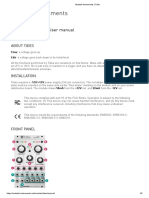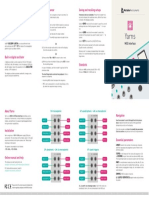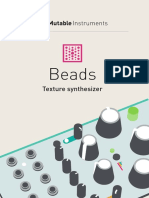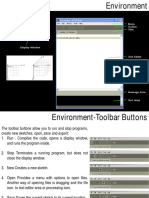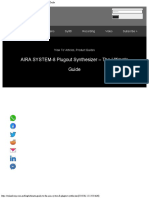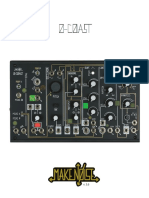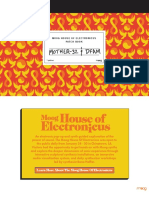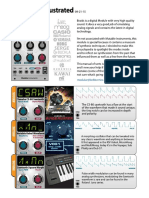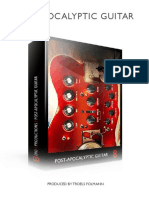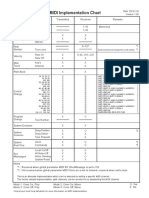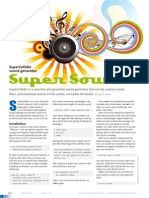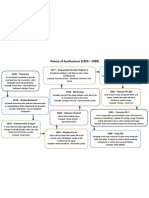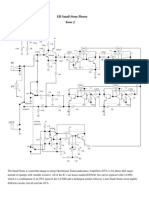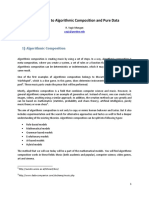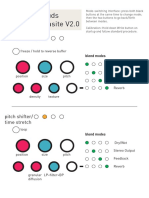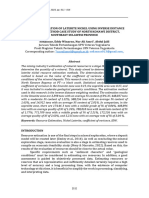0% found this document useful (0 votes)
395 views13 pagesAudio Effects for Sound Designers
A useful guide for this Eurorack Module
Uploaded by
paolo_bragagliaCopyright
© © All Rights Reserved
We take content rights seriously. If you suspect this is your content, claim it here.
Available Formats
Download as PDF, TXT or read online on Scribd
0% found this document useful (0 votes)
395 views13 pagesAudio Effects for Sound Designers
A useful guide for this Eurorack Module
Uploaded by
paolo_bragagliaCopyright
© © All Rights Reserved
We take content rights seriously. If you suspect this is your content, claim it here.
Available Formats
Download as PDF, TXT or read online on Scribd
/ 13








